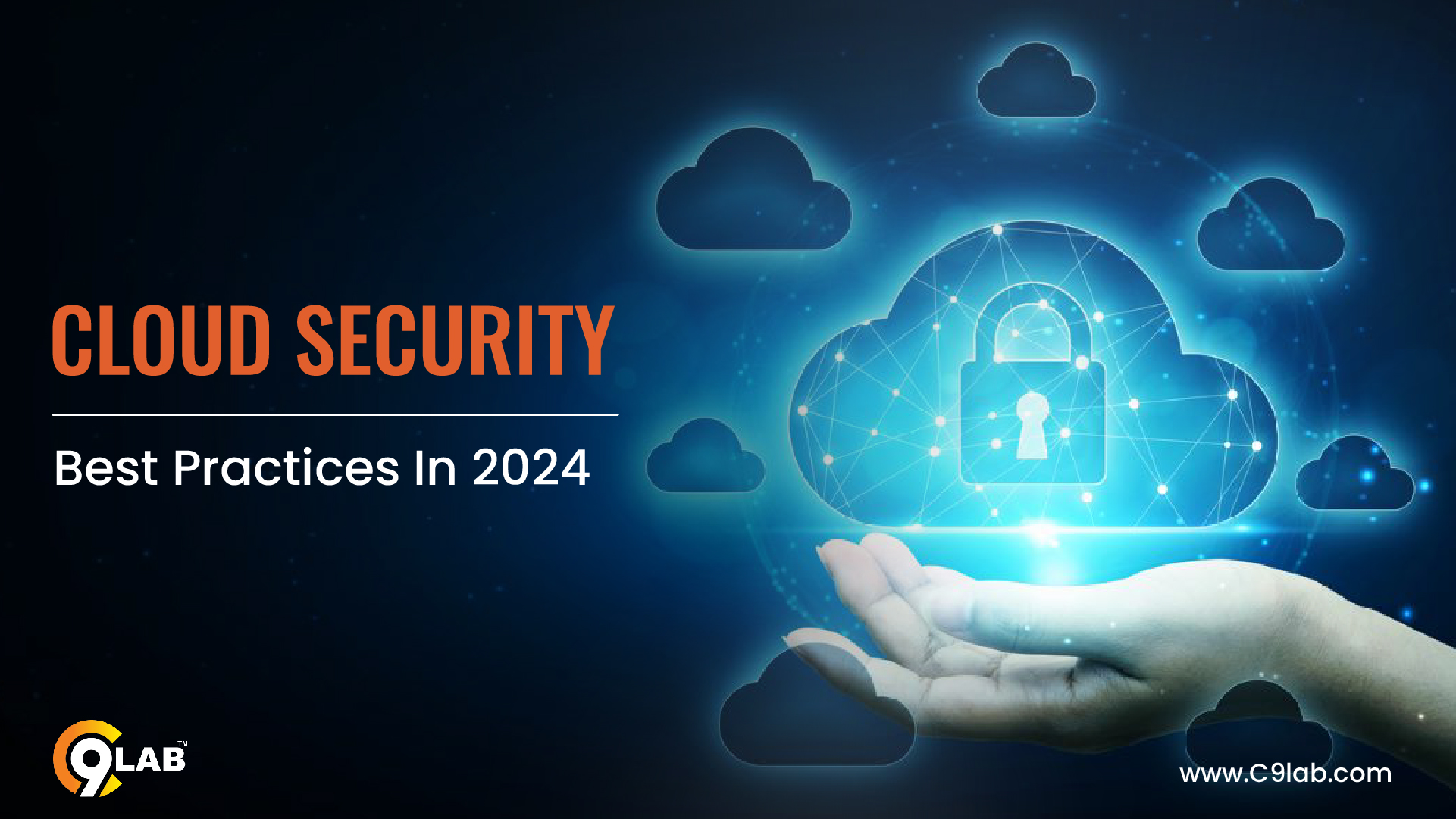
Best Practices for Cloud Security in 2024
Introduction to Cloud Security
In 2024, cloud security remains a top priority for businesses of all sizes. As cyber threats evolve and become more sophisticated, it’s crucial to stay ahead with the best practices for securing cloud environments. This guide covers the essential strategies and practices to ensure robust cloud security, helping you protect sensitive data and maintain compliance.
Cloud security involves a set of policies, technologies, and controls to protect data, applications, and the associated infrastructure of cloud computing. It ensures data integrity, confidentiality, and availability while enabling secure cloud computing. The landscape of cloud security is continually changing, and staying updated with the latest trends and threats is essential for effective protection.
Key Best Practices for Cloud Security in 2024
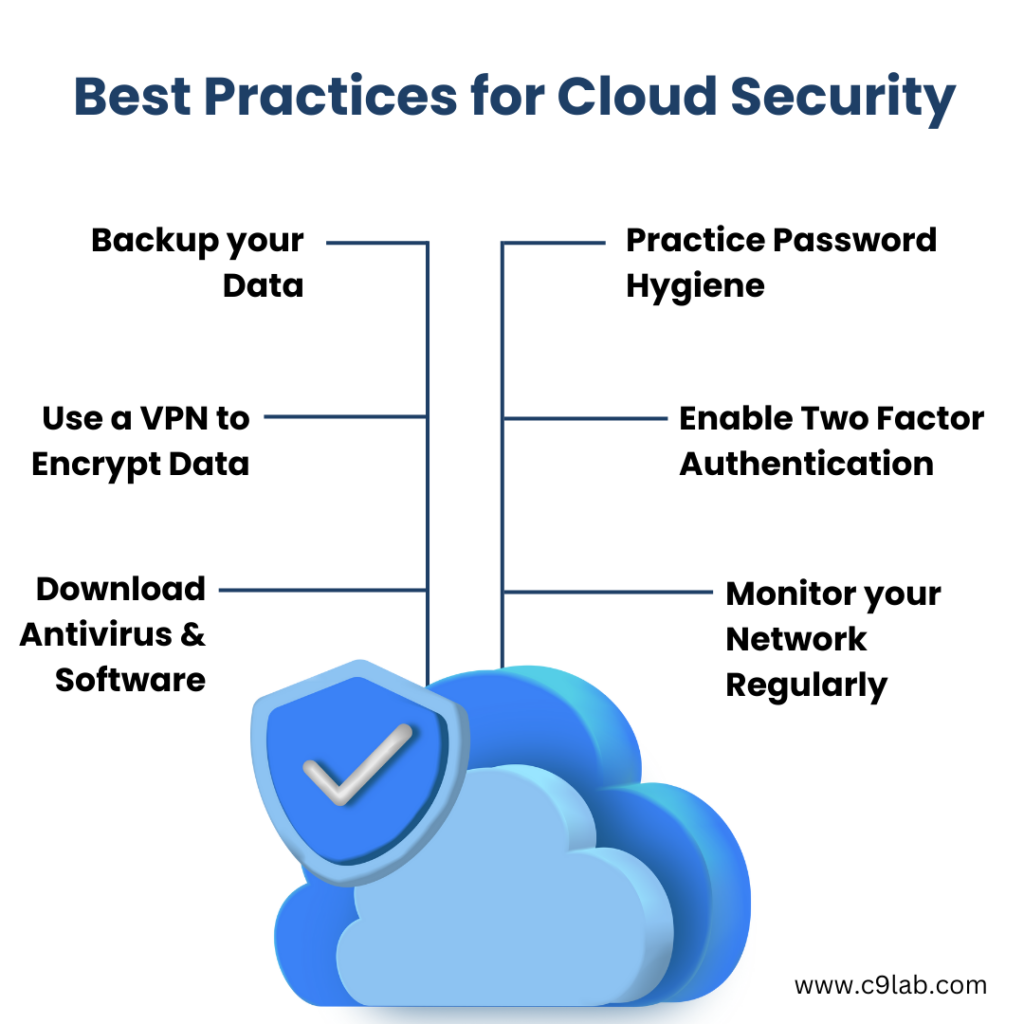
Implementing the following best practices will help you secure your cloud environment effectively, minimizing risks and ensuring data protection.
1. Implement Multi-Factor Authentication (MFA)
One of the most effective ways to enhance cloud security is by implementing Multi-Factor Authentication (MFA). MFA adds an extra layer of security by requiring users to verify their identity through multiple methods before accessing sensitive data or systems. This can include something they know (password), something they have (a smartphone), and something they are (fingerprint or facial recognition). Implementing MFA significantly reduces the risk of unauthorized access, even if passwords are compromised.
2. Use Encryption for Data Protection
Encrypting data both at rest and in transit is crucial. This ensures that even if data is intercepted or accessed without authorization, it remains unreadable and secure. Utilize strong encryption standards and regularly update encryption keys. Many cloud service providers offer built-in encryption tools, but it’s essential to understand their capabilities and limitations. Ensure that encryption practices comply with regulatory requirements and industry standards.
3. Regularly Update and Patch Systems
Outdated software can be a significant vulnerability. Regularly updating and patching systems ensures that you are protected against known security threats. Automated update management tools, such as those provided by C9Lab, can help streamline this process, ensuring that your systems are always up-to-date with the latest security patches. It’s also important to manage and track software versions and updates across all cloud environments to prevent any gaps in security.
4. Adopt a Zero Trust Security Model
The Zero Trust model operates on the principle of “never trust, always verify.” This approach requires strict identity verification for every person and device attempting to access resources, regardless of whether they are inside or outside the network perimeter. Implementing Zero Trust involves continuous monitoring and validation of users and devices, enforcing least-privilege access, and using micro-segmentation to minimize the potential impact of breaches.
5. Implement Robust Access Controls
Ensure that access to cloud resources is based on the principle of least privilege. Users should only have access to the data and applications necessary for their role. Regularly review and adjust access controls to minimize risks. C9Lab’s access control solutions help you manage and enforce policies effectively, ensuring that only authorized users can access critical resources. It’s also important to use role-based access control (RBAC) to manage permissions and conduct regular audits to ensure compliance.
6. Conduct Regular Security Audits and Assessments
Regular security audits and assessments help identify potential vulnerabilities and areas for improvement. These audits should include penetration testing, vulnerability scanning, and reviewing security policies and practices. Utilizing comprehensive security monitoring platforms like C9Eye from C9Lab can greatly assist in these processes by providing real-time insights and alerts. Regular audits help ensure that security measures are effective and up to date with the latest threats.
7. Use Secure APIs
APIs are essential for cloud services, but they can also be a security risk if not properly managed. Use secure APIs with strong authentication and encryption to prevent unauthorized access and data breaches. API security should include validating inputs, limiting access based on roles, and monitoring API usage for abnormal patterns that might indicate malicious activity.
8. Educate and Train Employees
Human error is a common cause of security breaches. Regularly educate and train employees on cloud security best practices, phishing attacks, and the importance of following security protocols. C9Lab offers tailored training modules to help your staff stay informed about the latest security threats and best practices. Conduct regular training sessions and simulate phishing attacks to improve awareness and readiness among employees.
9. Implement Continuous Monitoring
Continuous monitoring of cloud environments helps detect and respond to security incidents in real-time. Use security information and event management (SIEM) systems to analyze and respond to security alerts promptly. C9Lab’s C9Eye platform provides continuous monitoring services, ensuring that any anomalies are detected and addressed immediately. Monitoring should include network traffic, user behavior, and system performance to identify and mitigate potential threats quickly.
10. Backup Data Regularly
Regular data backups are essential for disaster recovery and business continuity. Ensure that backups are stored securely and that you have a tested plan in place for restoring data in case of a breach or data loss. C9Lab’s backup solutions offer reliable and secure data backup and recovery options to ensure your business can quickly recover from any data loss incidents. Regularly test backup and recovery processes to ensure they work effectively when needed.
11. Implement a Comprehensive Incident Response Plan
Having a well-defined incident response plan is crucial for minimizing the impact of security breaches. The plan should outline procedures for identifying, containing, and eradicating threats, as well as recovering affected systems. It should also include communication strategies for informing stakeholders and regulatory bodies. Regularly review and update the incident response plan to incorporate lessons learned from past incidents and adapt to evolving threats.
12. Leverage Advanced Threat Detection Tools
Utilize advanced threat detection tools that use artificial intelligence (AI) and machine learning (ML) to identify and respond to threats. These tools can analyze vast amounts of data and detect patterns indicative of malicious activity. C9Lab’s security solutions leverage AI and ML to provide proactive threat detection and response, helping organizations stay ahead of cybercriminals.
13. Ensure Regulatory Compliance
Compliance with industry regulations and standards is essential for protecting sensitive data and avoiding legal penalties. Stay informed about relevant regulations such as GDPR, HIPAA, and PCI DSS, and ensure that your cloud security practices align with these requirements. Conduct regular compliance audits and work with legal experts to stay up-to-date with regulatory changes.
14. Utilize Secure Cloud Services
When selecting cloud service providers, prioritize those that offer robust security features and comply with industry standards. Evaluate their security practices, certifications, and history of addressing vulnerabilities. Partnering with a trusted provider like C9Lab can ensure that your cloud infrastructure is built on a secure foundation.
Conclusion
Staying ahead of cyber threats in 2024 requires a proactive approach to cloud security. By implementing these best practices, you can ensure that your cloud environments are secure, compliant, and resilient against emerging threats. Prioritize secure cloud computing and adopt comprehensive cloud security strategies to protect your business in the digital age.
FAQs
1. What is the primary goal of cloud security?
The primary goal of cloud security is to protect data, applications, and infrastructure in cloud environments, ensuring their confidentiality, integrity, and availability.
2. How does multi-factor authentication enhance cloud security?
Multi-factor authentication enhances cloud security by requiring users to verify their identity through multiple methods, reducing the risk of unauthorized access.
3. Why is data encryption important for cloud security?
Data encryption is important because it ensures that even if data is intercepted or accessed without authorization, it remains unreadable and secure.
4. What is a Zero Trust security model?
A Zero Trust security model is an approach that requires strict identity verification for every person and device attempting to access resources, operating on the principle of “never trust, always verify.”
5. How often should security audits be conducted?
Security audits should be conducted regularly, at least annually, or more frequently depending on the organization’s risk profile and regulatory requirements.
Keep your business safe and informed with the latest cybersecurity news, insights, and expert tips.
📬 Subscribe to Our Newsletter: Cyber Briefs

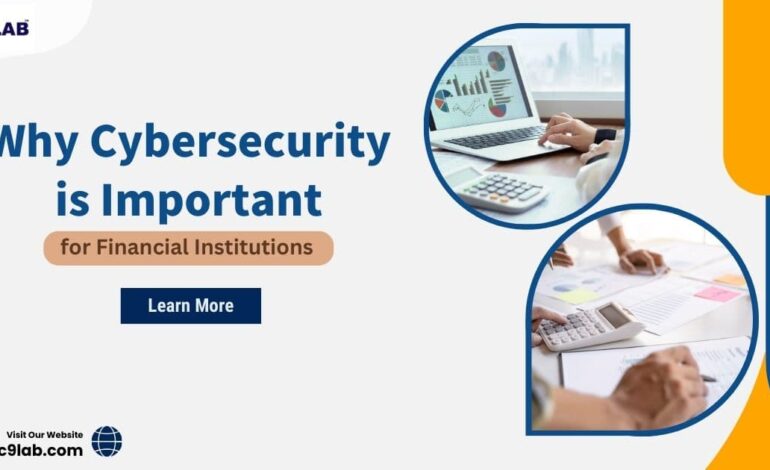
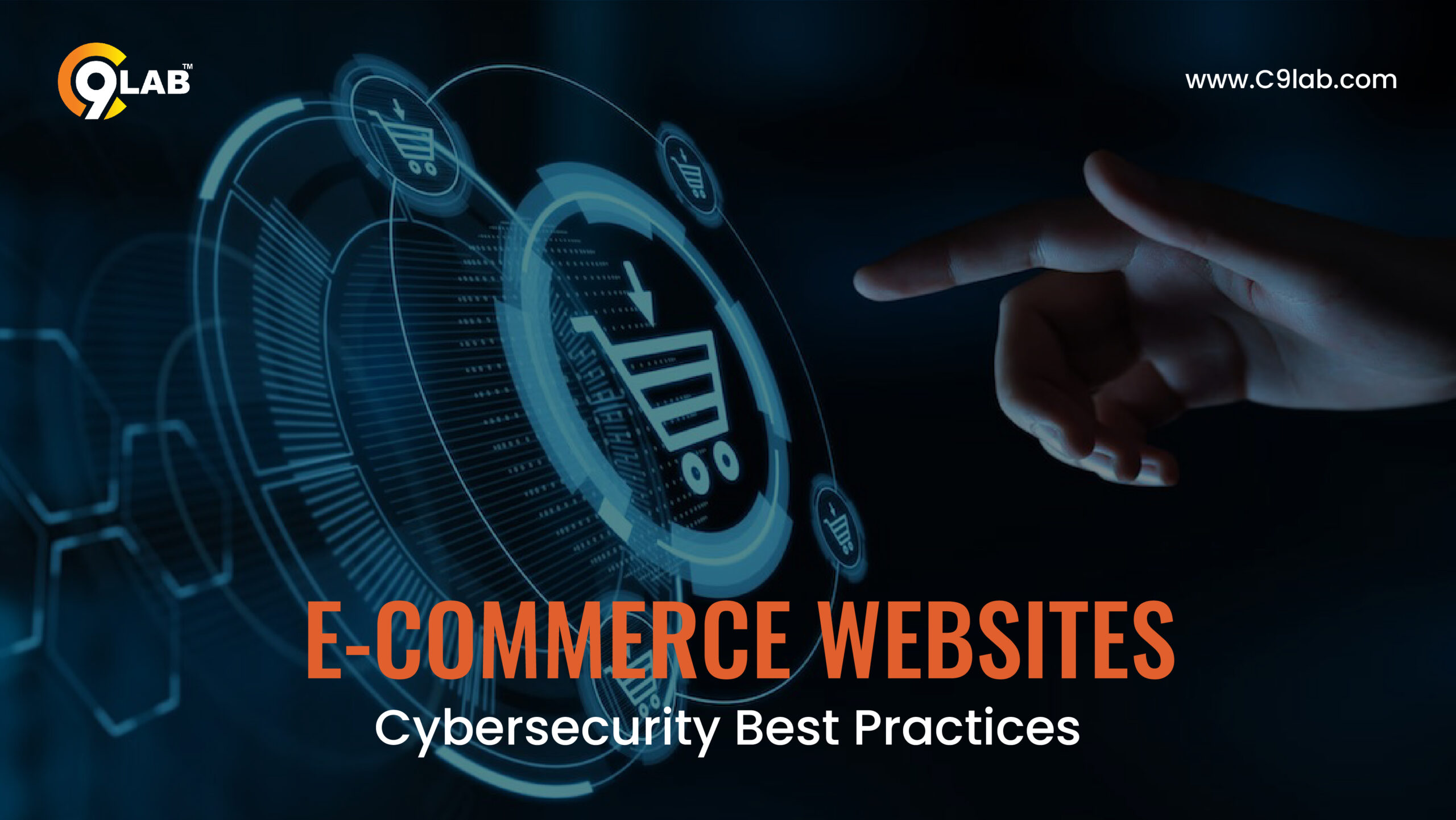
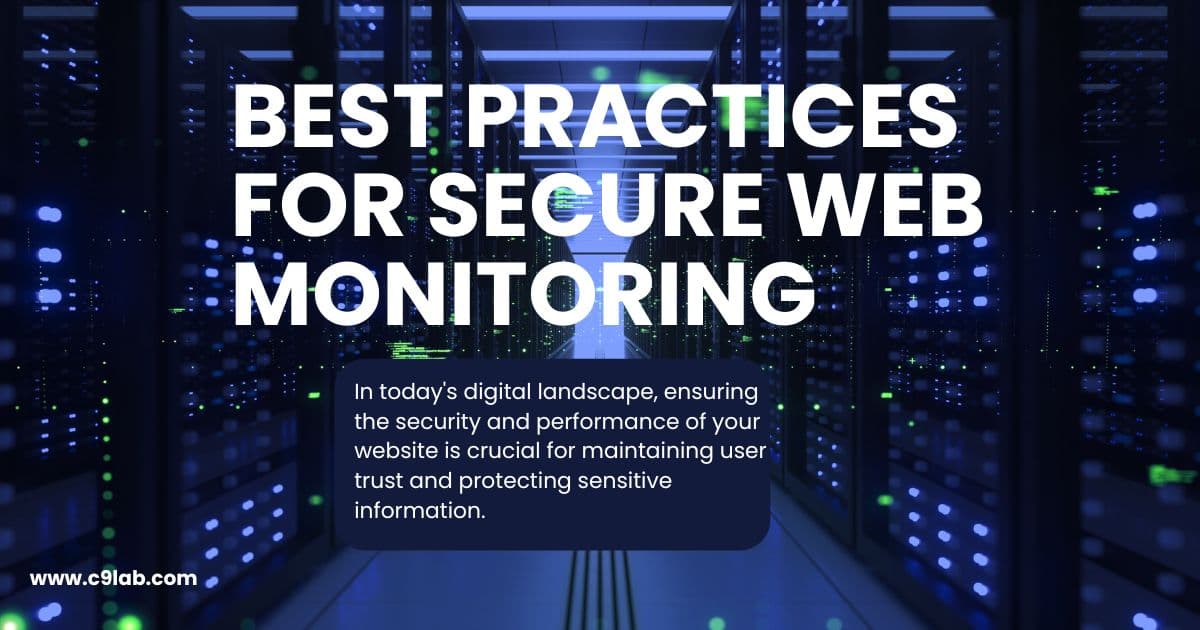
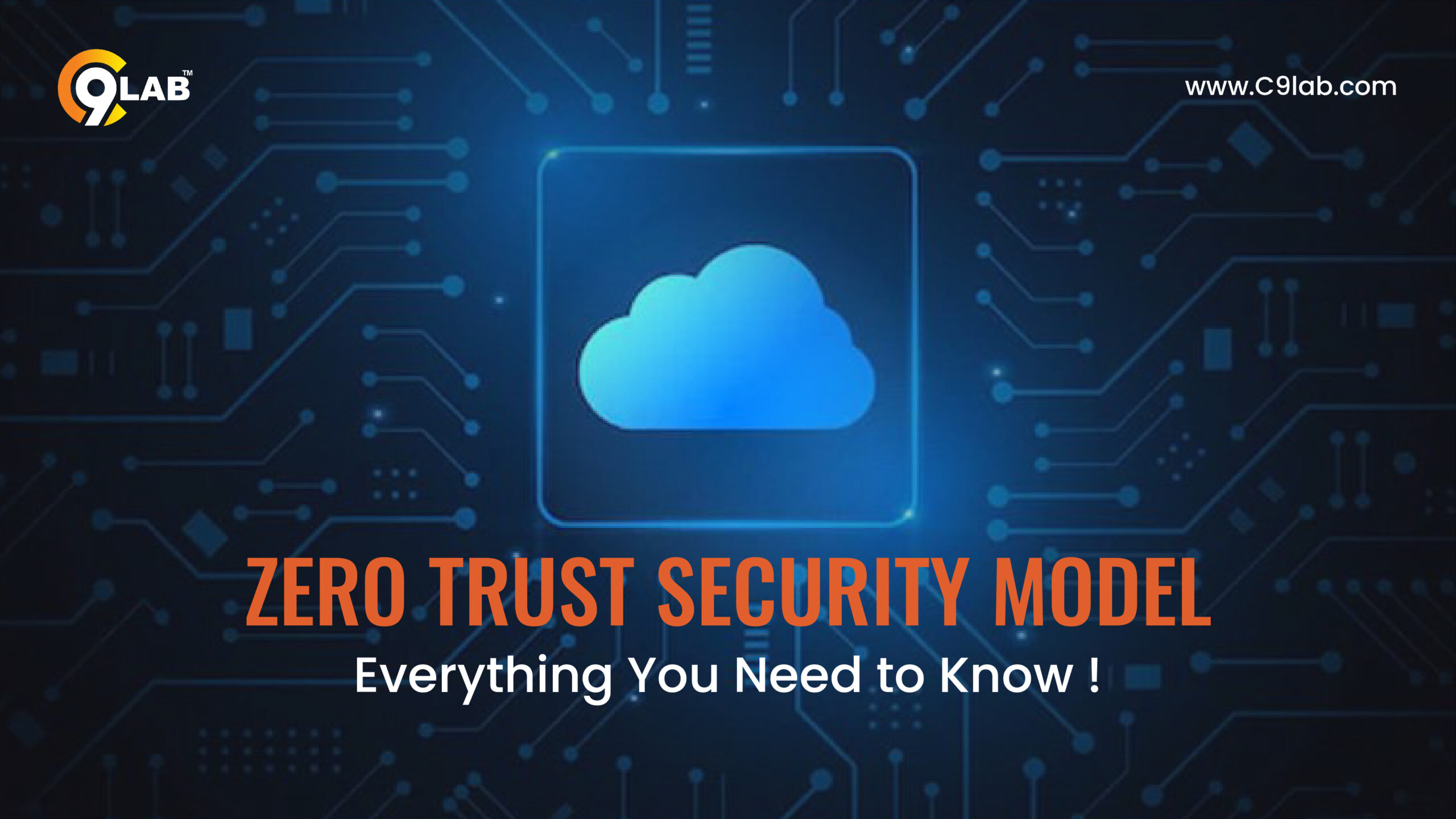

2 Comments
Terrific work! That is the type of info that should be shared around the web. Shame on the search engines for now not positioning this submit upper! Come on over and visit my site . Thank you =)
Thank you so much for the compliment! We’re thrilled that you found the content valuable. We agree—great information deserves to be shared and easily found! We’ll continue to work hard to ensure our posts reach as many people as possible. Thanks again for your support, and we’ll definitely check out your site! 😊